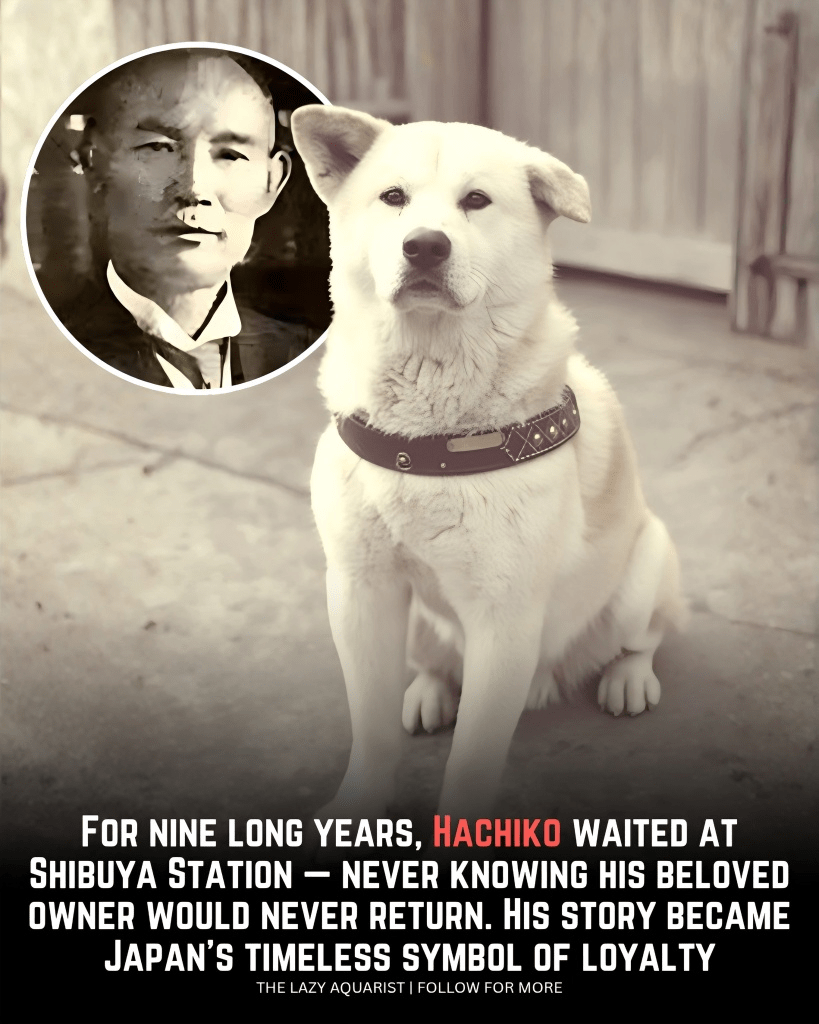In the bustling heart of Tokyo, where the ceaseless current of humanity flows through Shibuya Station, there once existed a silent sentinel, a figure whose unwavering loyalty transcended the boundaries of life and death, etching an indelible mark upon the soul of a nation. This is the story of Hachiko, an Akita dog whose devotion to his owner, Professor Hidesaburo Ueno, became a timeless symbol of fidelity. Their bond, forged in the quiet moments of daily routine, was abruptly severed by fate, leaving Hachiko to embark on a solitary vigil that would capture the hearts of millions and mystify those who witnessed his daily pilgrimage. What began as a simple custom between a man and his dog evolved into a profound narrative of hope, sorrow, and an unyielding expectation of reunion, played out against the ever-changing backdrop of a modern city. The professor’s sudden passing was an unforeseen twist that transformed a charming daily ritual into a heartbreaking testament to an animal’s capacity for love.

Each day, Hachiko would accompany Professor Ueno to Shibuya Station, watching him disappear into the morning crowd, only to return promptly in the evening to greet his master with joyous barks and a wagging tail. This routine was a cherished constant in their lives, a small, perfect rhythm that spoke of a deep, unspoken understanding. However, on May 21, 1925, the music stopped. Professor Ueno suffered a cerebral hemorrhage while at work and never returned to the station. Hachiko, unaware of the tragedy, arrived at his usual spot that evening, his anticipation palpable amidst the bustling commuters. He waited.

The days turned into weeks, and the weeks into months. Despite being taken in by other families of the professor’s former gardener, Hachiko consistently escaped, making his way back to Shibuya Station each day, precisely when the evening train was due. He would scan the faces of the disembarking passengers, his eyes searching for the familiar figure that would never emerge. The station staff and regular commuters initially regarded him with a mix of confusion and pity, often trying to shoo him away.

But Hachiko’s resolve was unyielding. As his vigil stretched into years, his presence became an intrinsic part of Shibuya Station. He no longer barked or ran around; he simply sat, a silent monument to expectation. Commuters, who had once seen him as a nuisance, began to recognize the profound depth of his devotion. They started to bring him food and offer comfort, a collective understanding dawning that they were witnessing something truly extraordinary. His story began to spread, first locally, then across Japan, sparking a nationwide fascination.






